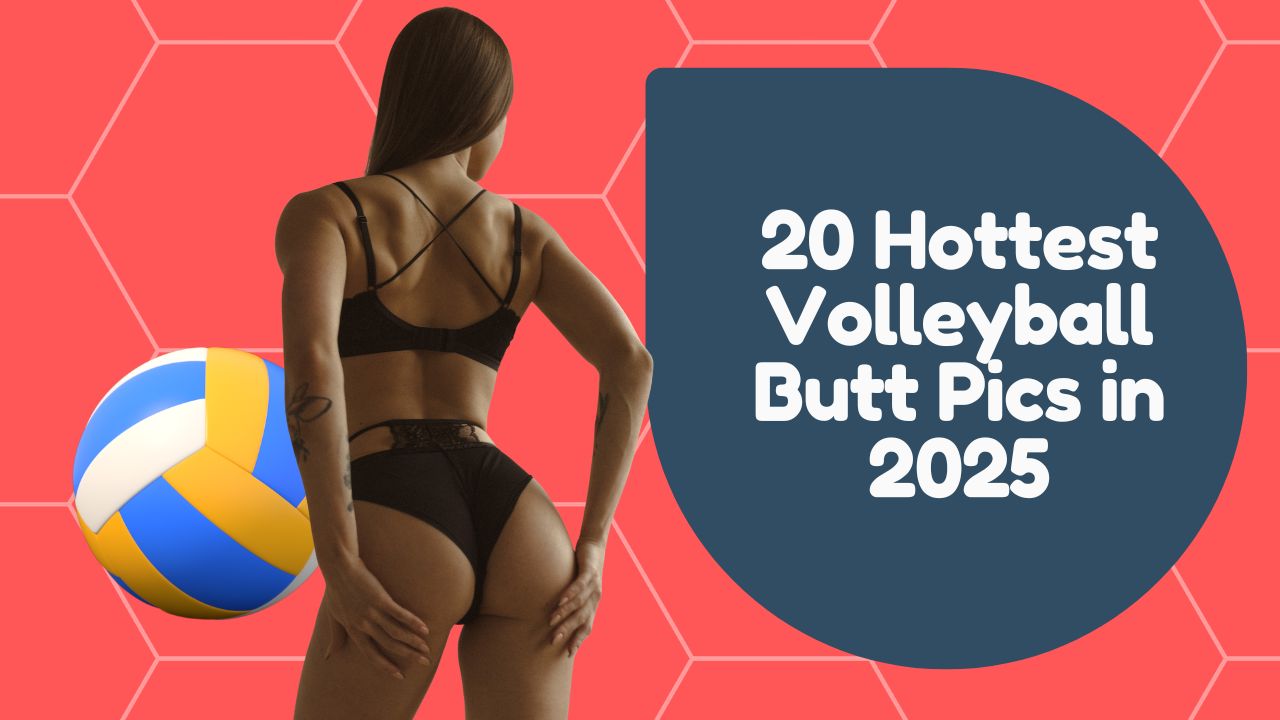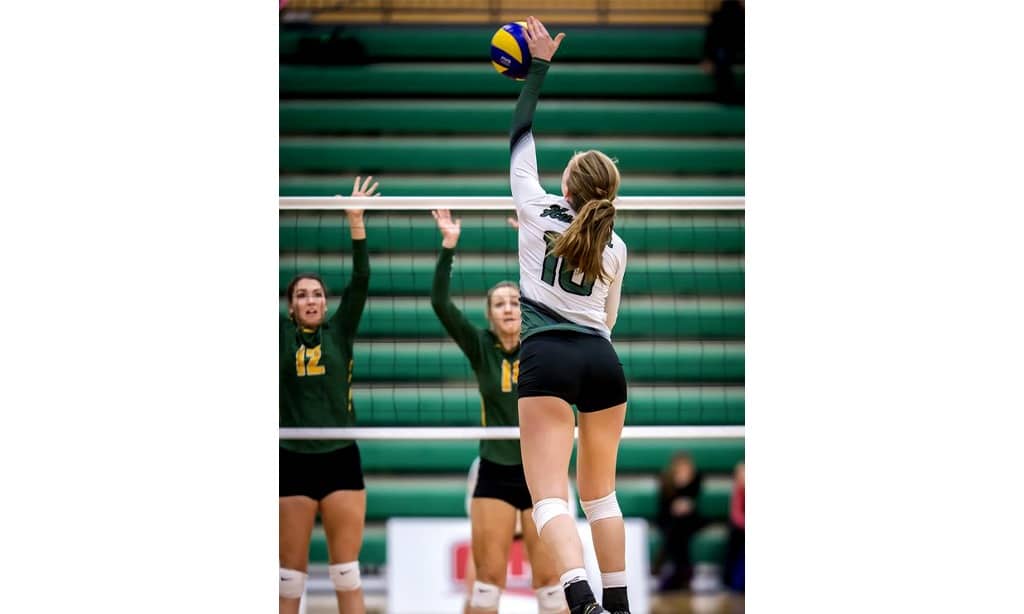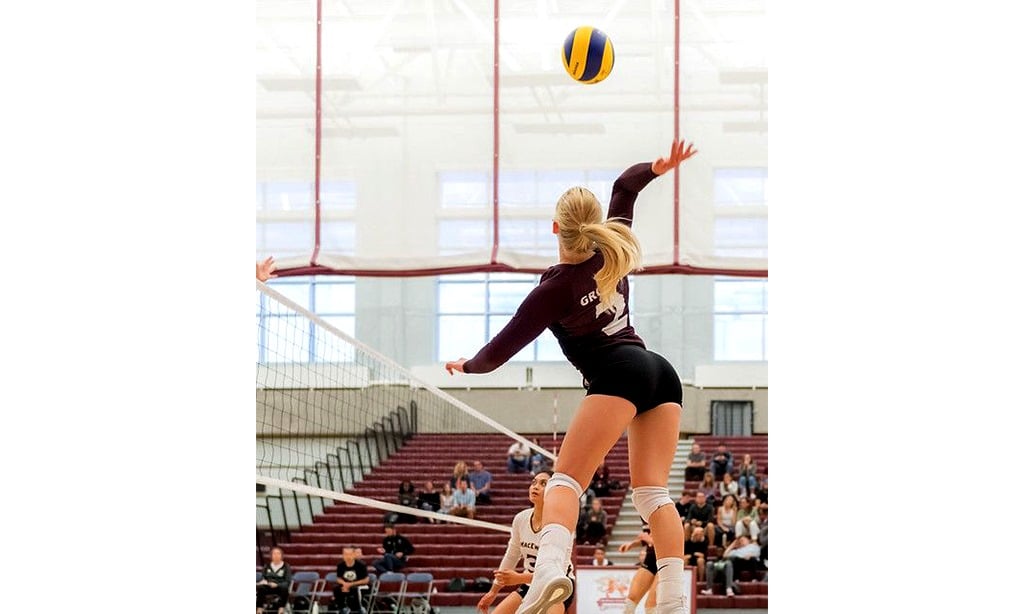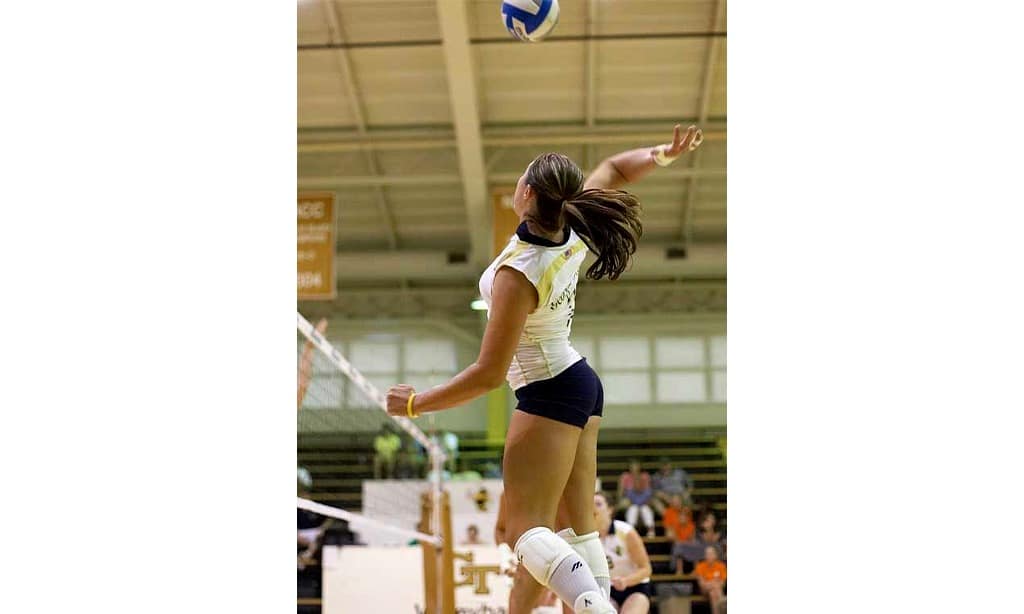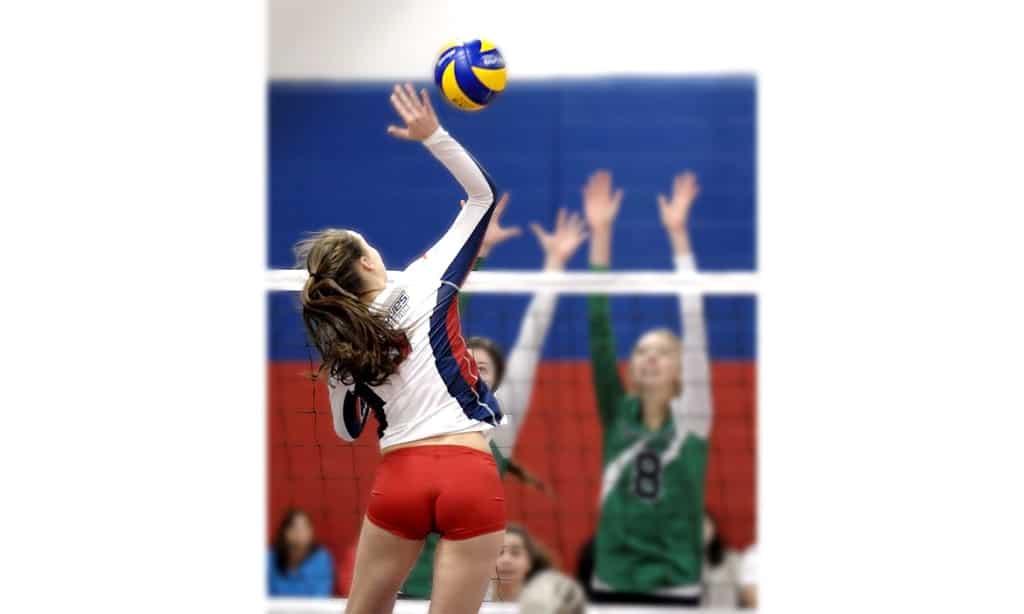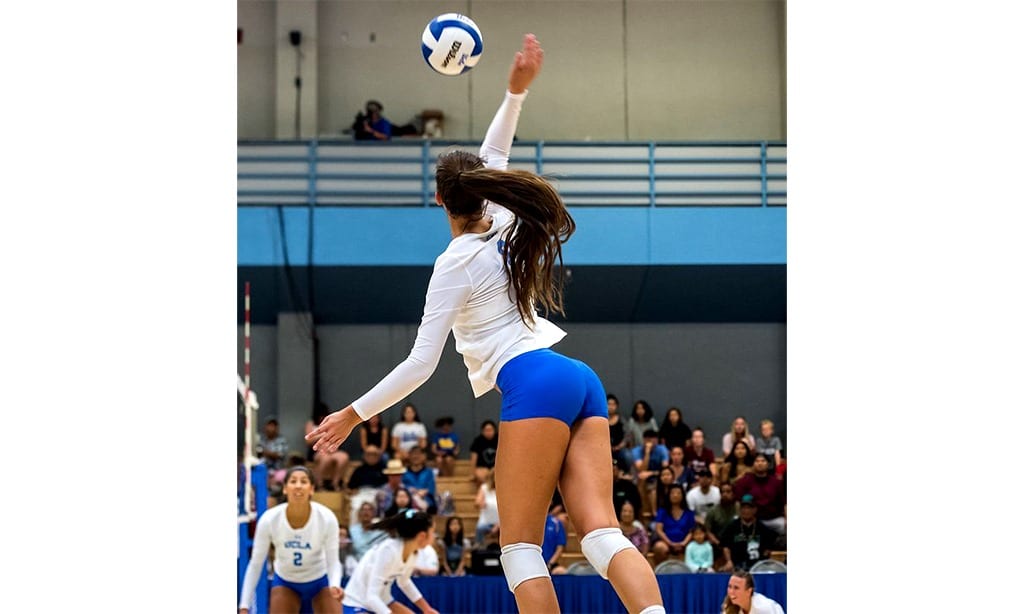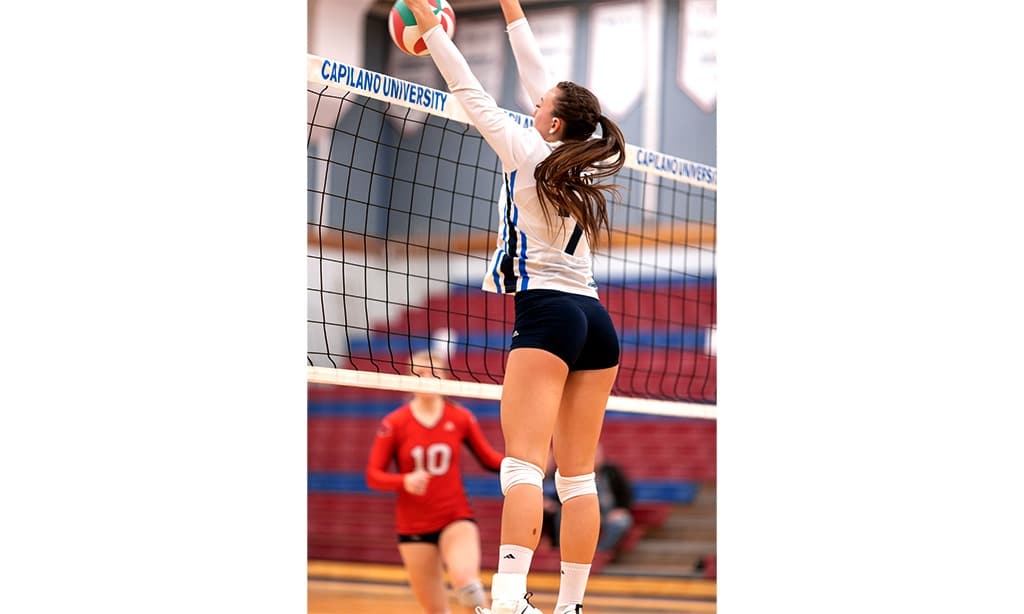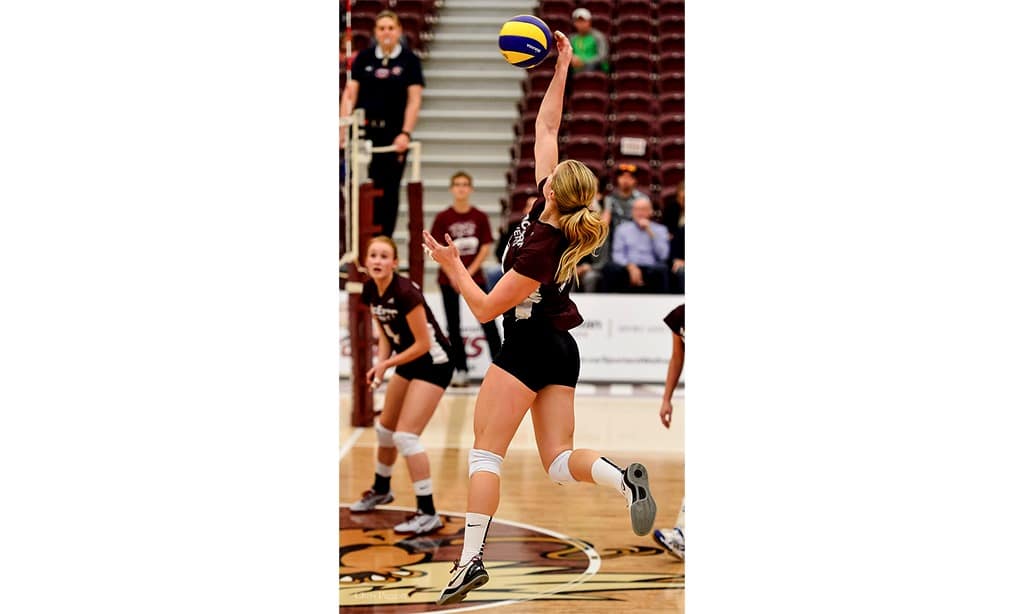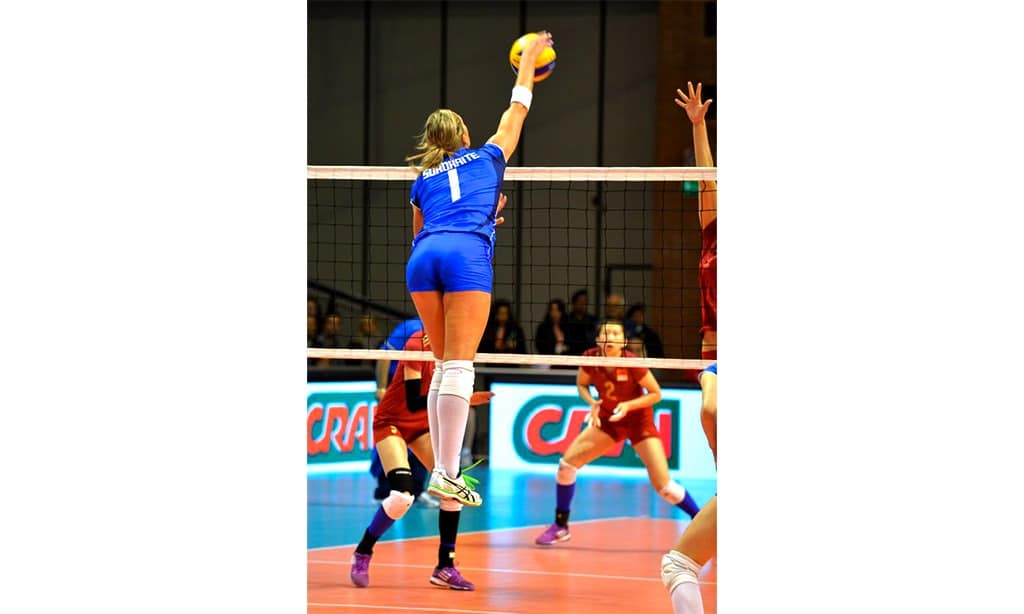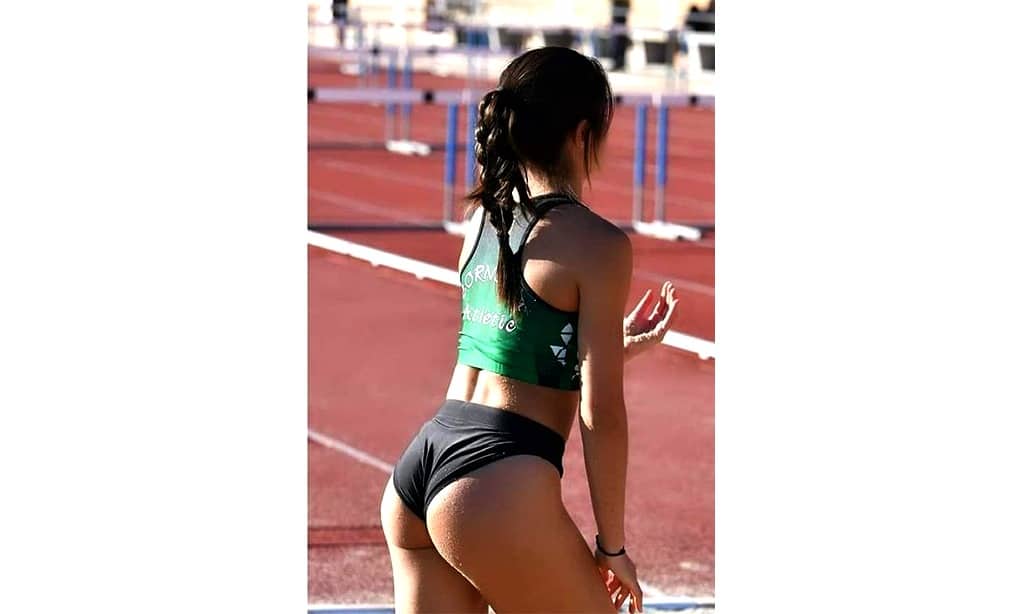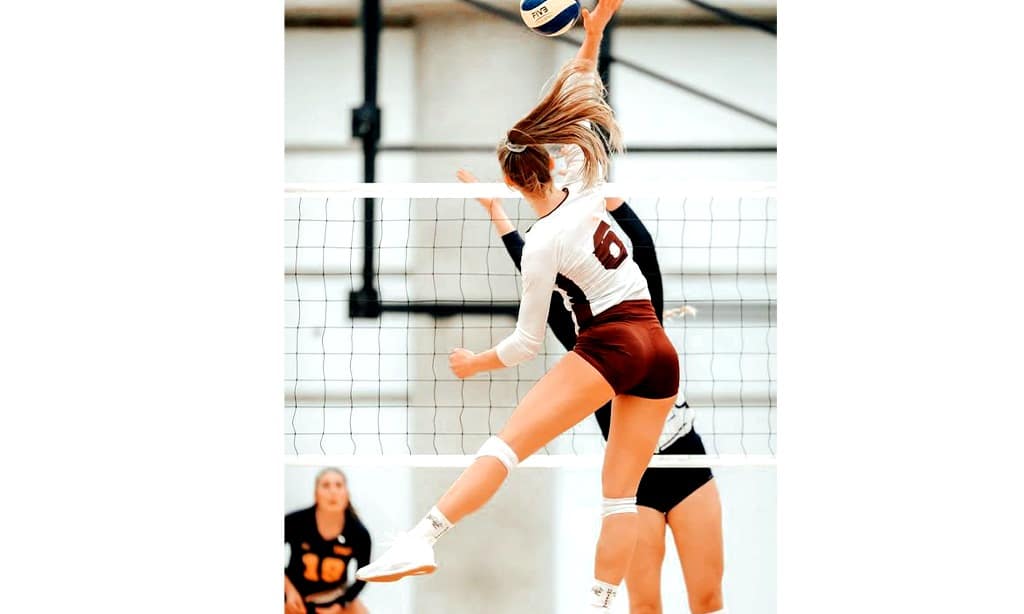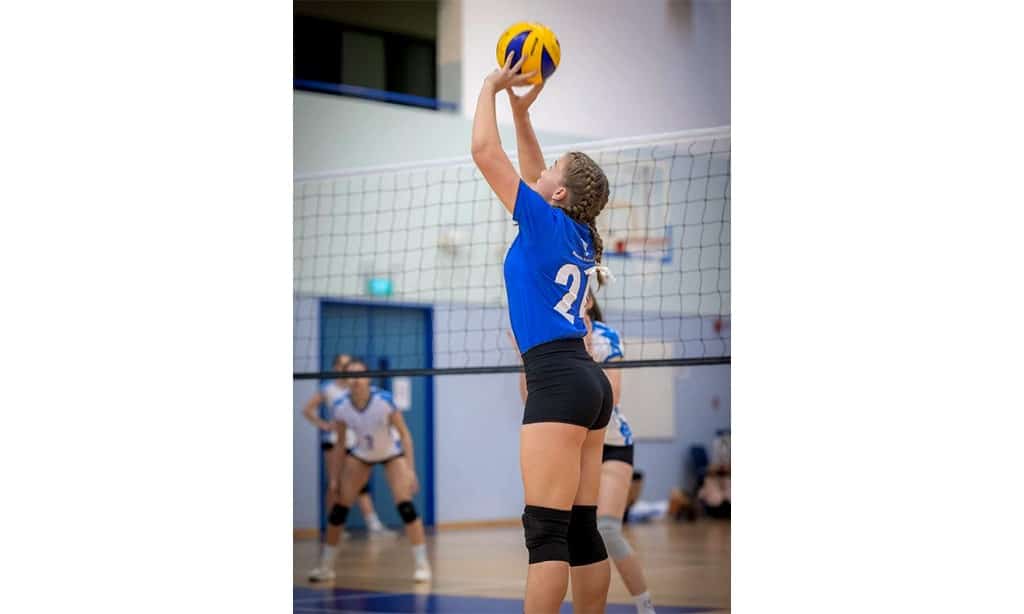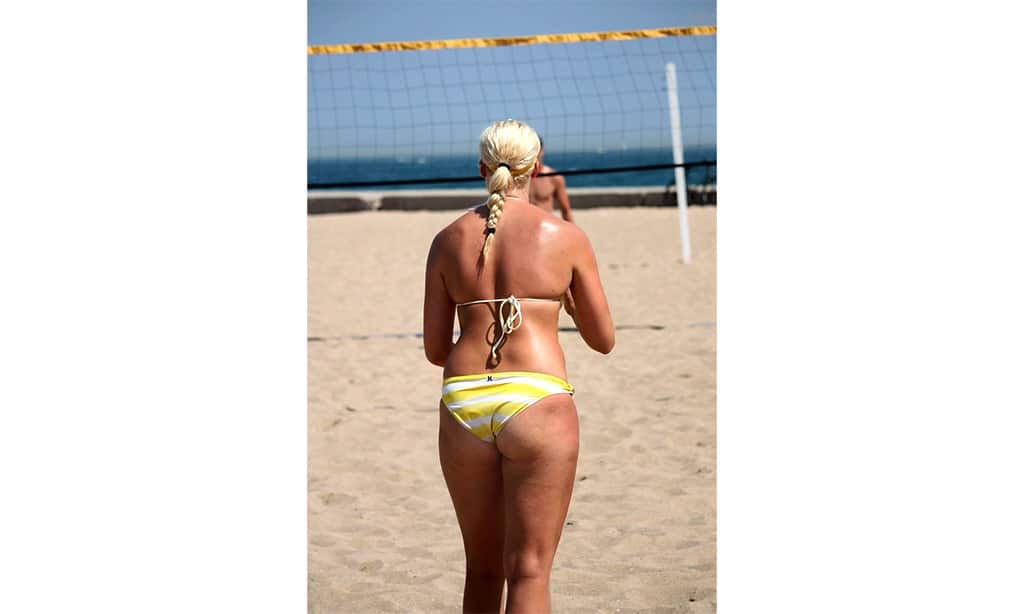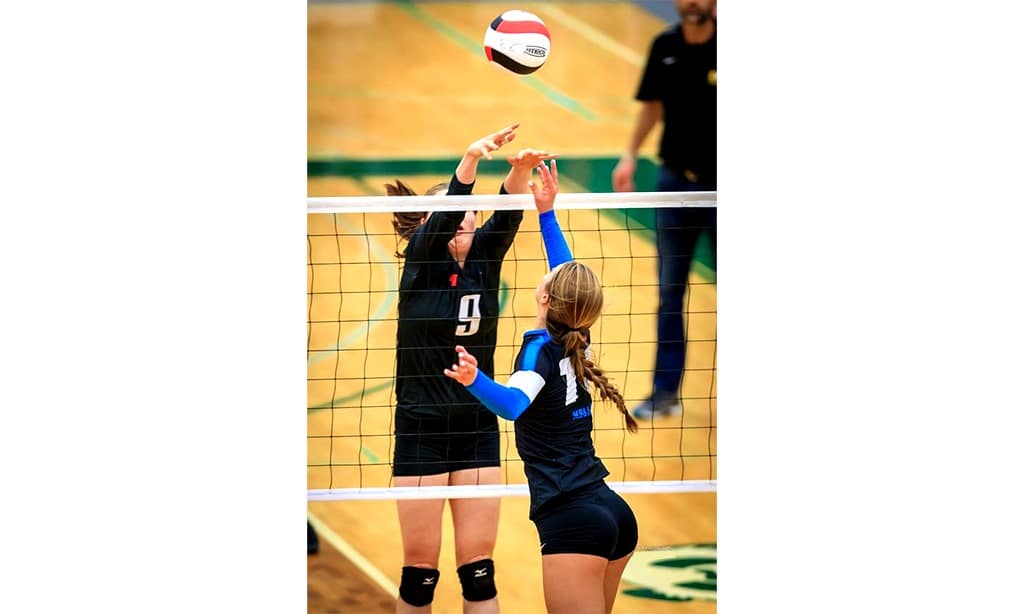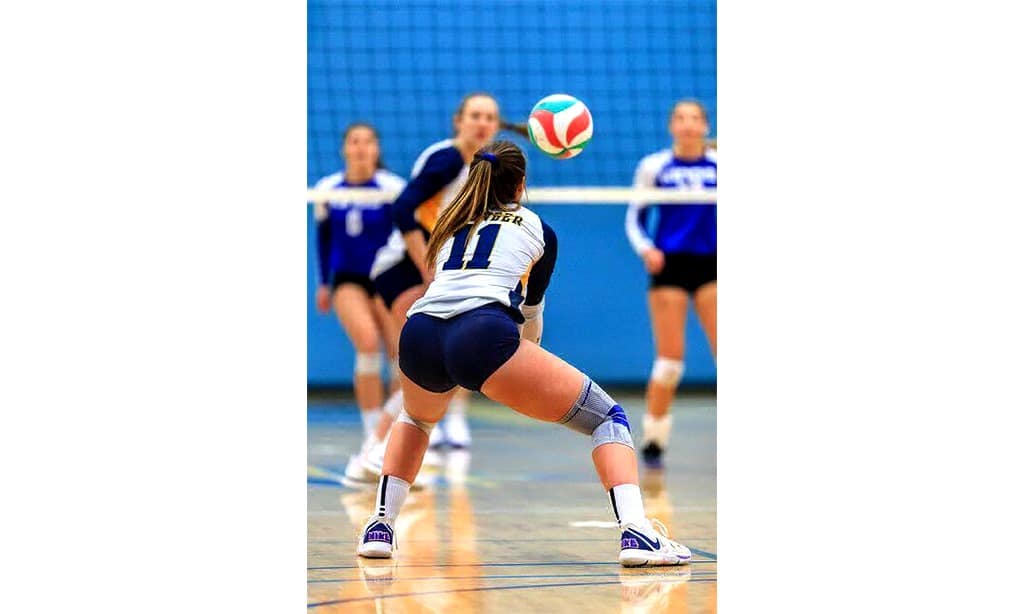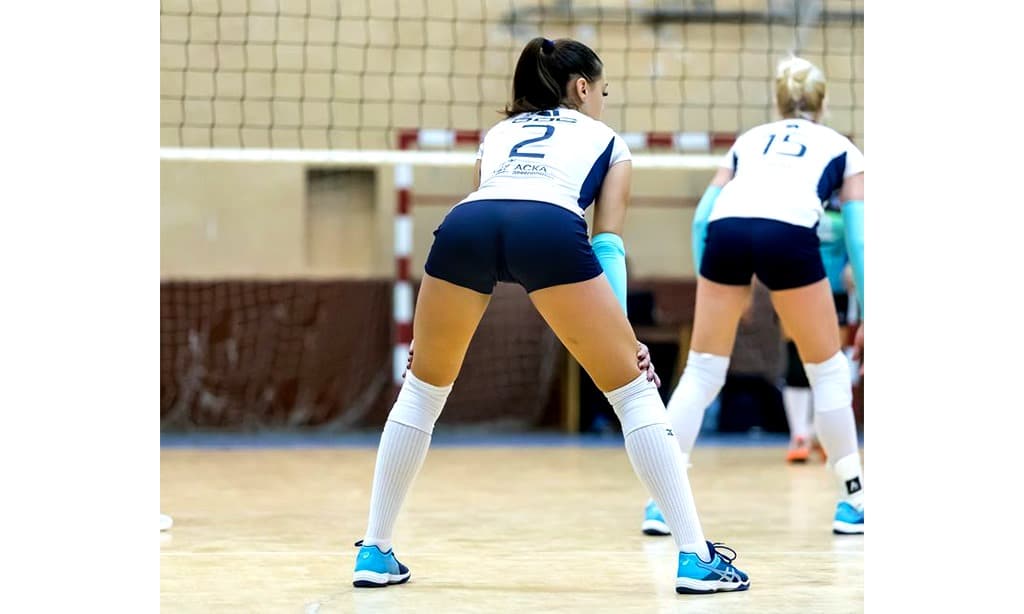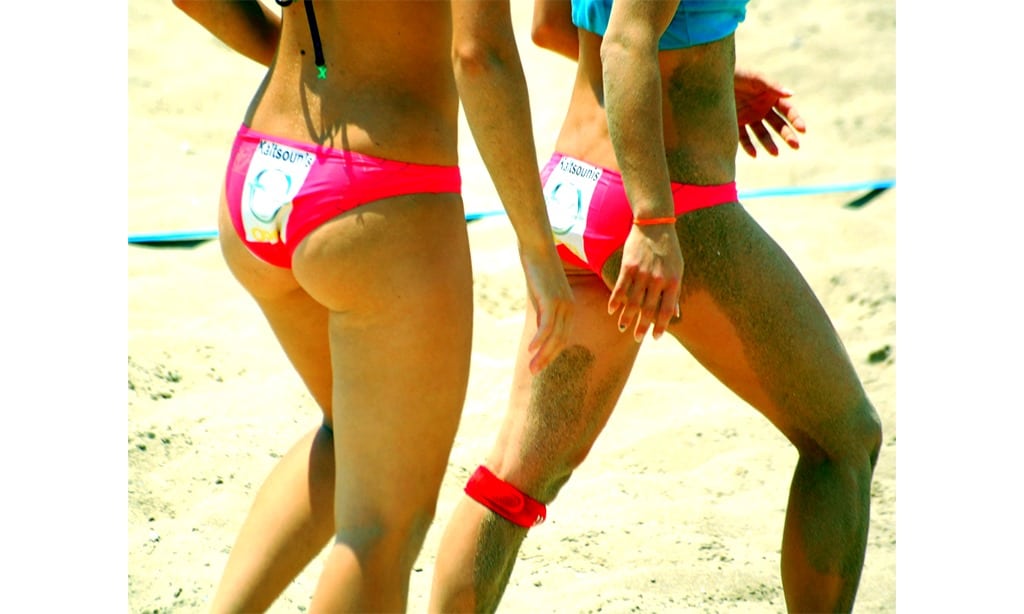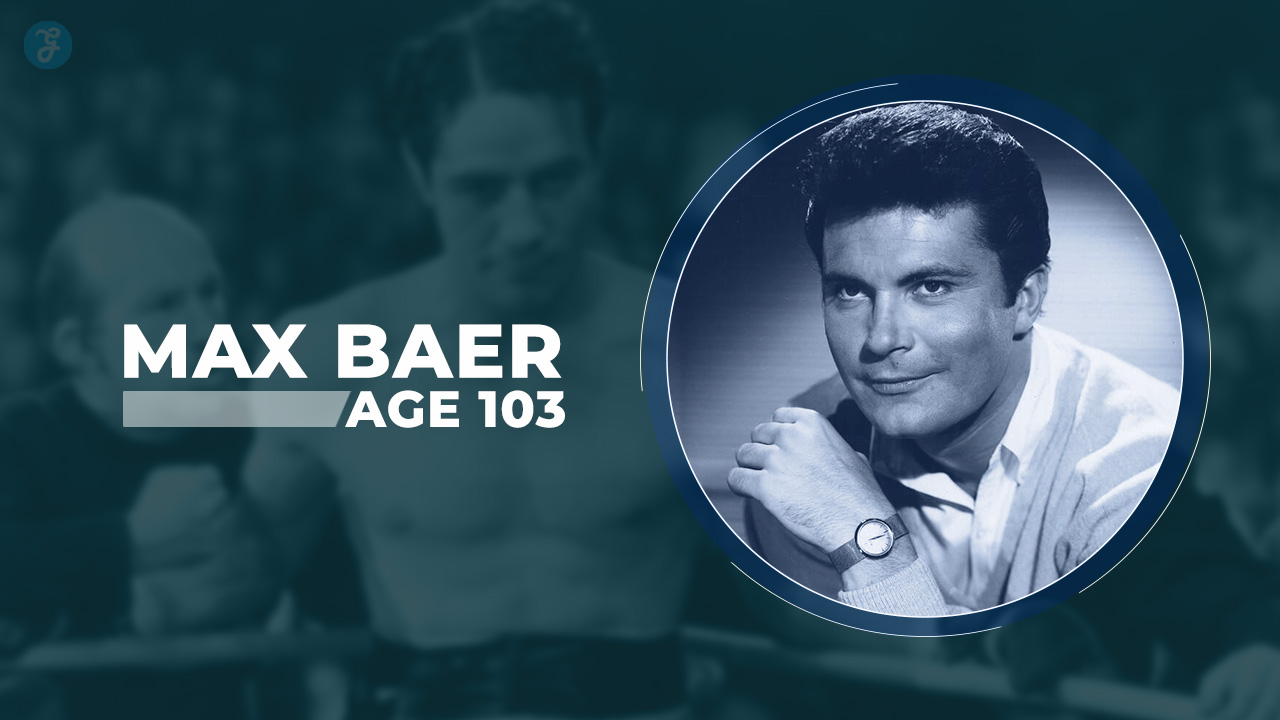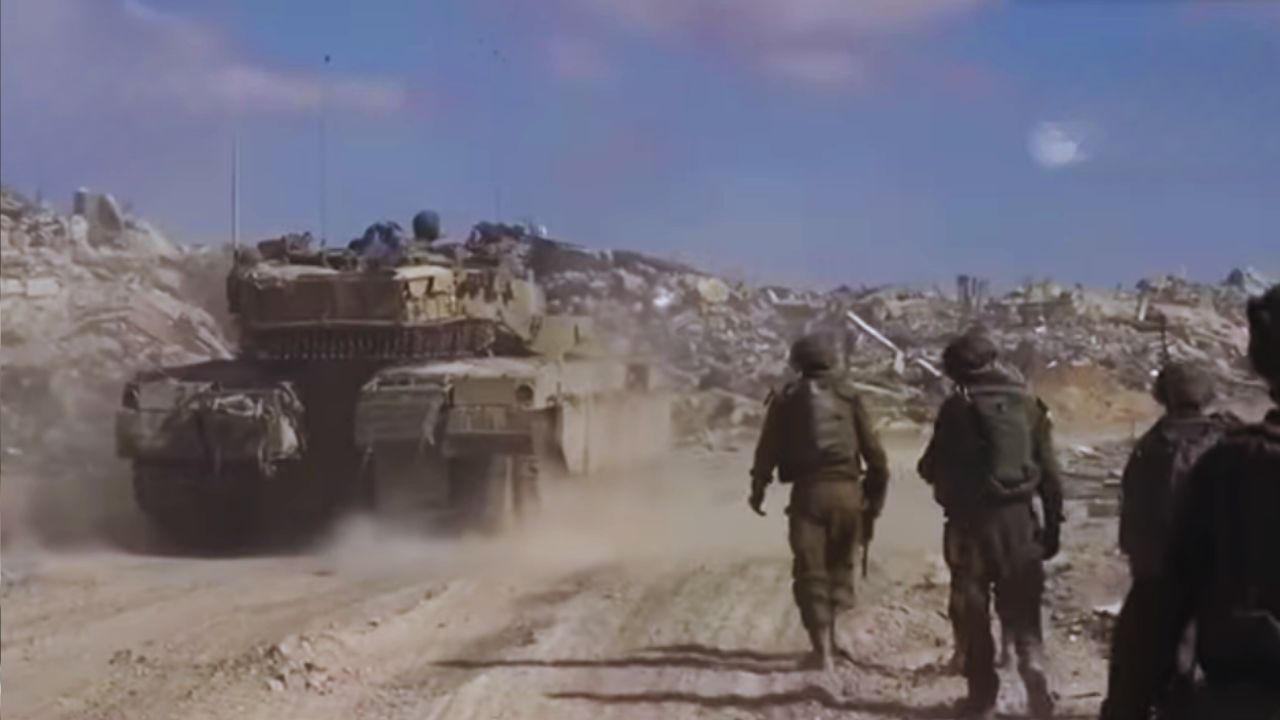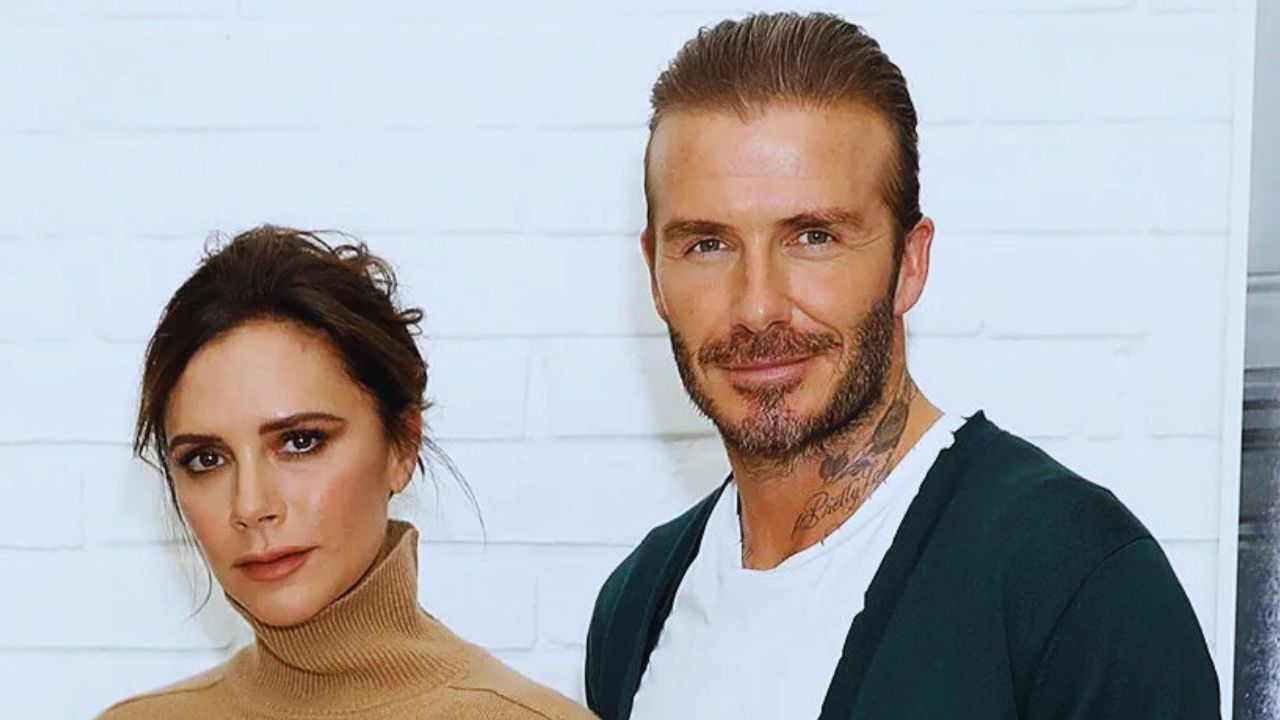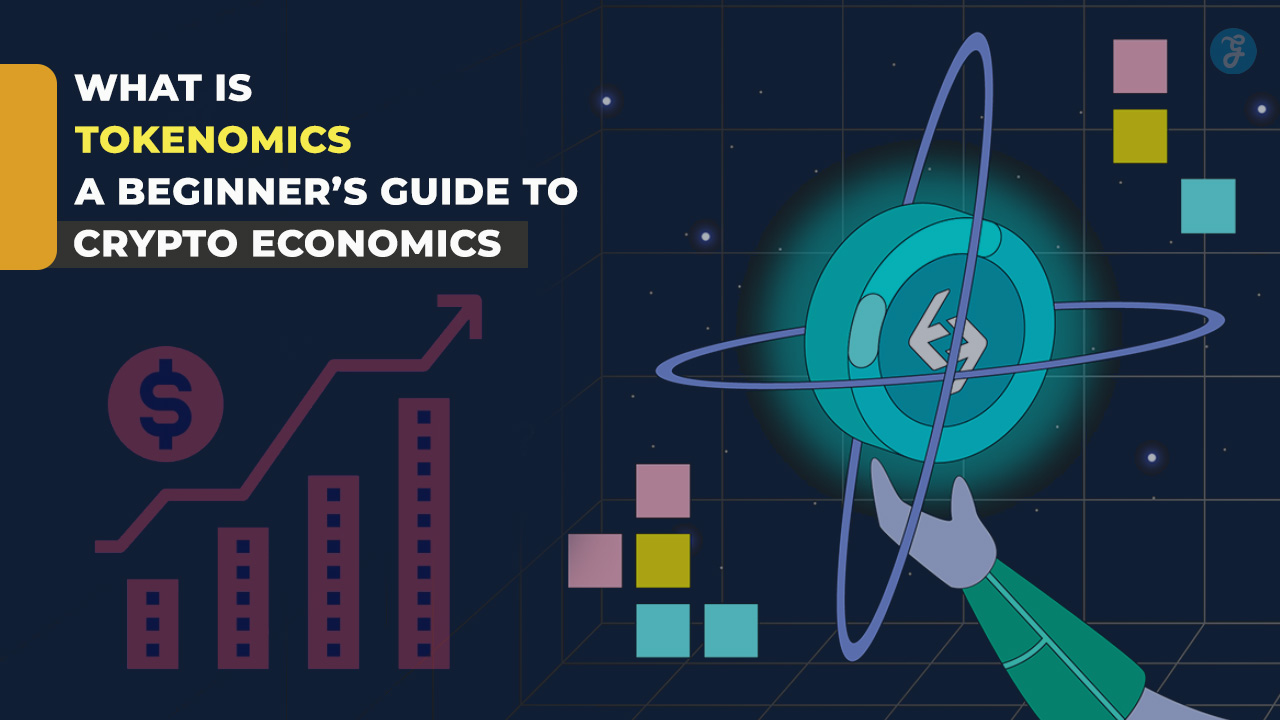Have you ever watched a volleyball game and noticed that many of the players seem to have particularly strong, well-developed butts? It’s not just your imagination—there’s a real reason why volleyball athletes often sport those powerful glutes.
This common observation might leave you wondering what it is about playing volleyball that contributes to such distinctive physiques called volleyball butts.
Volleyball requires an incredible amount of lower body strength, especially from the glute muscles. Players are constantly moving—jumping for spikes or blocks, diving for digs, and exploding off the sand or court—which specifically works out their posterior region.
This sport isn’t just about hand-eye coordination; it demands full-body engagement with particular emphasis on the legs and buttocks.
This article will dive into the science behind this phenomenon, exploring how routine actions in volleyball contribute to muscle development in ways other sports might not. Whether you’re curious about athletic training or considering taking up the sport yourself, we’ve got insights that can shed light on this unique aspect of health and fitness.
Ready to discover volleyball butts more? Keep reading!
Athleticism and Physical Structure in Volleyball
Volleyball demands a unique blend of physical traits—players must be agile, strong, and speedy to dominate the court. It’s this trio of attributes that sculpts their bodies, particularly in areas like the glutes and thighs, where power meets grace with every leap and sprint.
The Role of Agility, Strength, and Speed
Agility, strength, and speed are superpowers for volleyball players. Quick moves and sharp turns require agility. Players must be able to react in a flash, dodge opponents, and shift direction midair.
Strength is just as crucial—it powers their jumps and spikes. With strong legs from squats and plyometrics, they can leap high to hit or block the ball.
Sprinting across the sand or court boosts their speed. Fast-twitch muscle fibers get a workout with every explosive movement in beach volleyball butts. These muscles make them fast on their feet—to serve hard, save a dive, or sprint to spike.
Each game hones these skills even more, making volleyball players among the most agile, strong, and speedy athletes around.
The Impact of Volleyball on Body Composition
Volleyball isn’t just a game of spikes and serves; it’s a full-body workout that shapes and defines, particularly transforming the gluteal area into powerhouses for athletic performance—discover how in our deep dive.
Why Volleyball Players Have Good Glutes
Volleyball involves a lot of jumping and squatting. These actions work the glute muscles hard. When players dive, spike, or block, they use explosive movements. This builds strong and shapely volleyball butts.
Players also do strength training off the court. They might lift weights or do plyometric exercises like kettlebell squats, to Swings and box jumps. All this effort makes their thigh and buttock muscles grow more pronounced.
Good nutrition adds to muscle growth too. A high-protein diet helps volleyball players build lean muscle mass in their glutes while keeping body fat low.
Their well-developed glutes aren’t just for show—they’re key to top performance on the court!
The Connection Between Volleyball and Muscular Thighs
Jumping, diving, and sprinting are key moves in volleyball. These actions build strong thigh muscles. The players have to move quickly and change directions quickly. This makes their leg muscles work hard.
Thigh strength is not just for the game. It also helps keep a player’s posture solid and stable during play. Squats, lunges, and leg presses make these muscles even stronger over time.
Volleyball athletes show off powerful thighs from all this training. Their muscle growth comes from pushing their limits on the court day after day.
The Influence of Beach Volleyball Culture and Fashion Trends
Beach volleyball culture shines a spotlight on players’ physiques, especially as they wear bikinis and activewear designed to fit snugly. This clothing choice highlights their athletic bodies, including well-developed gluteal muscles from constant training.
Cameras capture every angle during matches, which can exaggerate the size of players’ buttocks in photos.
Fashion trends in beach volleyball not only affect how players look but also inspire fans to embrace similar styles in athletic wear. Many choose clothes that emphasize their figure while supporting an active lifestyle.
The trend encourages workout gear that is both functional and flattering, mirroring what the athletes wear on the sand.
The Importance of Athleticism in Volleyball
Volleyball demands quick moves and high jumps. Players need strong legs, glutes, and calf muscles to power through the game. They dive, sprint, and leap to hit the ball. This takes a lot of agility and speed.
Good athleticism helps volleyball players do their best on the court. It lets them make fast saves and strong attacks against other teams. Their workouts focus on building these skills every day.
Strong athletes with great volleyball butts often play better and avoid injuries too.
20 Hottest Volleyball Butts Pics in 2025
1.
2.
3.
4.
5.
6.
7.
8.
9.
10.
11.
12.
13.
14.
15.
16.
17.
18.
19.
20.
Takeaways
Strong glutes are key for top-notch volleyball skills. Players build volleyball butts with lots of jumps and sprints. This isn’t just about looks—it’s about power and speed on the court. Big butts mean better performance, helping athletes soar for that killer spike.
In the end, it’s all part of what makes these players great at their game.


